Senior Gideon Goldstein said he recalled inaccuracies in one of his very first history lessons in public school.
“I remember in Kindergarten when we had this play that we did where all the Native Americans were wearing feathers and the Pilgrims wore little buckle hats; we were all happy together and had Thanksgiving,” Goldstein said. “Then in middle school, you start to learn that it wasn’t actually a very good time and genocide quickly followed after their initial peace.”
Goldstein’s experience is not unique, nor is it isolated to that specific event. JSTOR Daily finds that history curricula have reflected a skewed representation of American history for generations, often focusing on documents and sources of Caucasian descent. In the process, the history of Indigenous Americans, African Americans and other traditionally underserved groups in United States history has been omitted, oversimplified and misrepresented. Additionally, according to the Nation’s Report Card, only 13% of students nationwide are proficient in U.S. history. Goldstein said he felt deeply concerned about these statistics because he said they could cause severe harms in a constantly evolving nation.
Harms of Misrepresentation
To illustrate this discrepancy, AP U.S. history teacher Alicia Noneman said students often start their year in AP U.S. history with a monolithic view of Native American culture.
“I think that we don’t often recognize how advanced and complex their societies were and we tend to think of Native Americans as a homogeneous group of people instead of a diverse set of heterogeneous coalitions that each have their own diverse and unique societal norms and cultures and beliefs,” Noneman said.
Although Noneman said students finished their year in AP U.S. history more enlightened about American history, she also said she still felt the curriculum was lacking in the way Native Americans were portrayed.
“I think that a lot of history has traditionally underemphasized the real impact of living on tribal lands,” Noneman said. “We touch on it in varying instances, but because there’s so much to cover. I feel like oftentimes we have done a disservice to that historically as a subject area.”
Despite the complex nature of the AP U.S. history curriculum, Goldstein said it still downplayed the importance of Native Americans on United States history and the present.
“I think the coverage of Native Americans often ignores context and reason,” Goldstein said. “(The textbook) just states events very matter-of-fact. It doesn’t provide any analysis on the effects of the (Native American) genocide. There was literally one tiny chapter about Native American culture.”
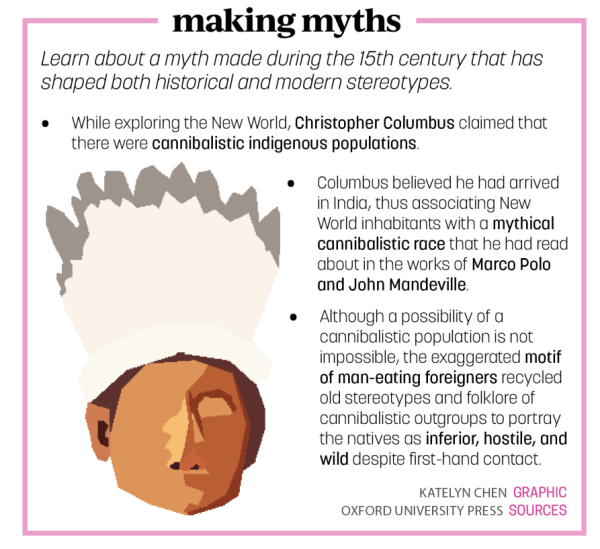
Furthermore, Goldstein said he also felt conflicted about the way the AP U.S. history textbook portrayed slavery to students.
“There was this one point in the textbook when they were talking about slave life, and they said that although most slaves had it really bad, some of them didn’t have it so bad, which was referring to house slaves who didn’t work in the fields,” Goldstein said. “But most of the house slaves were raped and were also in pretty terrible conditions. Even being a slave at all is horrendous, and (the textbook) really, at times, minimized the evils of slavery.”
James Ziegler, AP African American Studies teacher, said students started the year in his class with several common misconceptions, which he said he felt obligated to dispel.
“I think it’s important to recognize that when we talk about the Civil Rights Movement in African American history, a lot of times people just concentrate on the Civil Rights Movement in the 1950s and ’60s, and that is a real crime because I teach my students that Africans and Black Americans were fighting for civil rights from the time the very first enslaved Africans had arrived on the shores in 1619,” Ziegler said. “You had things like the Stono Rebellion in 1740, things like the German Coast uprising in the early 1800s, events like Nat Turner’s Rebellion.”
Ziegler also said African Americans often broke barriers for other underserved groups in history, further highlighting their unjust erasure from history books.
“You had African Americans who were pushing history forward in the realm of women’s rights too,” Ziegler said. “You have women like Maria Stewart in the 1830s, who is not only the first Black woman, but the first woman in the United States who’s believed to have given a political speech to a joint congregation of men and women. And in that speech, Maria Stewart was talking about the issues of intersectionality and about being discriminated against both as a Black person and as a woman in the United States.”
Although Goldstein said AP U.S. history undoubtedly enriched his understanding of history, he also said allowing current misrepresentation of U.S. history to continue would prevent societal progress.
“I feel like ignoring these issues kind of reinforces the narrative that we were bad, but nowadays we’re good and everything is solved,” Goldstein said. “It feels like it’s trying to reinforce (the) status quo.”
Negative Impact on Minorities
Sophomore Themba Tshililiwa said for many of his classmates, an inaccurate understanding of U.S. history shaped a flawed view of minority populations in the present, often fueling biased actions and comments
“A big thing for me at least was that people talk to me in Ebonics; essentially they talk in slang or in a Black voice,” Tshililiwa said. “History teaches us that Black people were poor or more unfortunate, and so they’ll tell certain jokes only based on what they teach in schools. Anytime they make a joke, it’s at the expense of history, so I get a lot of cotton jokes and things like that.”
Extending beyond questionable jokes, Tshililiwa said he felt the effect of long-standing negative stereotypes in his everyday life.
“Every time somebody who might not know about you personally tries to talk to you, it’s kind of from the lens that you are less well off,” Tshililiwa said. “They’ll try to talk to you from the standpoint that they’ve had it better, even though they really don’t know you.”
Beyond subtle sleights in his life, Fahed Badreddine, AP African American Studies student and sophomore, said he has also experienced many overt instances of prejudice toward his Muslim identity and recalled one of the most recent incidents.
“One time my family and I were at a restaurant—this is during the war with Palestine and Israel—and my family and I were at a restaurant and this guy just came up (to our table),” Badreddine said. “He’s disturbing the peace, walking up giving us no space and just asking us ‘Palestine or Israel, you terrorists?’ He’s screaming at all of us, ‘Israel or Palestine?’”
Badreddine said the reason he and many others across the United States experience bias is because of a narrow worldview caused by a lack of comprehensive history education.
“They need to be educated more,” Badreddine said. “They need to look at the history of stuff and it’s very infuriating.”
Overcoming Misconceptions
Even though biased viewpoints persist in American society today, those who overcame misconceptions described a transformative shift in their worldview. Goldstein said he was able to connect civil rights lessons in APUSH to systemic modern day issues.
“(AP U.S. history) talked about how cops put down strikes and committed violence against black people,” Goldstein said. “Police brutality is still a major problem, just like in the ’60s when people were fire hosed and having attack dogs sicked on them.”
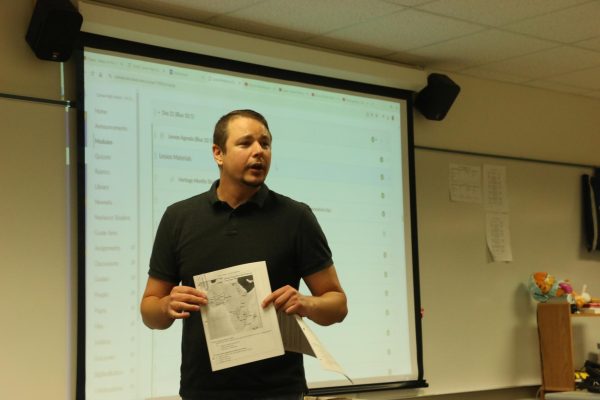
Tshililiwa said after learning about the Trail of Tears and other initiatives meant to oppress Native Americans, he expressed more empathy and recognized injustices in history.
“They just got pushed farther and farther west and all their land was taken from them,” Tchililiwa said. “Later in middle school, they showed us documentaries and footage of how they don’t even get clean water on those reserves; the schooling isn’t good and many end up having drug problems or alcohol abuse issues, and I realized that we indirectly did that to them. Pushing them onto their small reserves wasn’t fair to them.”
Ziegler said he detected a noticeable shift in the way his students thought about the present, which translated to action on present injustices.
“I think it really creates a thirst for knowledge because they want to continue learning about African American history and also the history of all historically marginalized groups,” Ziegler said. “In addition, I think students a lot of times feel empowered to go out and be activists themselves in the community. A lot of students in the end of year notes said that they walked out of that class wanting to be a source for positive change.”
Shedding Light on Success
Students and teachers said misrepresenting history often means glossing over the true extent of suffering; however, they said it was also evident through the omission of successes that may have gone against the grain of the typical minority experience in certain time periods.
Ziegler said being able to teach AP African American Studies opened his eyes to the successes of African Americans traditional textbooks and classes usually omitted.
Ultimately though, Ziegler said by representing diversity and complexity through history, he could also provide hope for the future.
Ziegler said, “A lot of the kids walk out with this knowledge that (U.S. history) is a rich history much deeper than just oppression.”




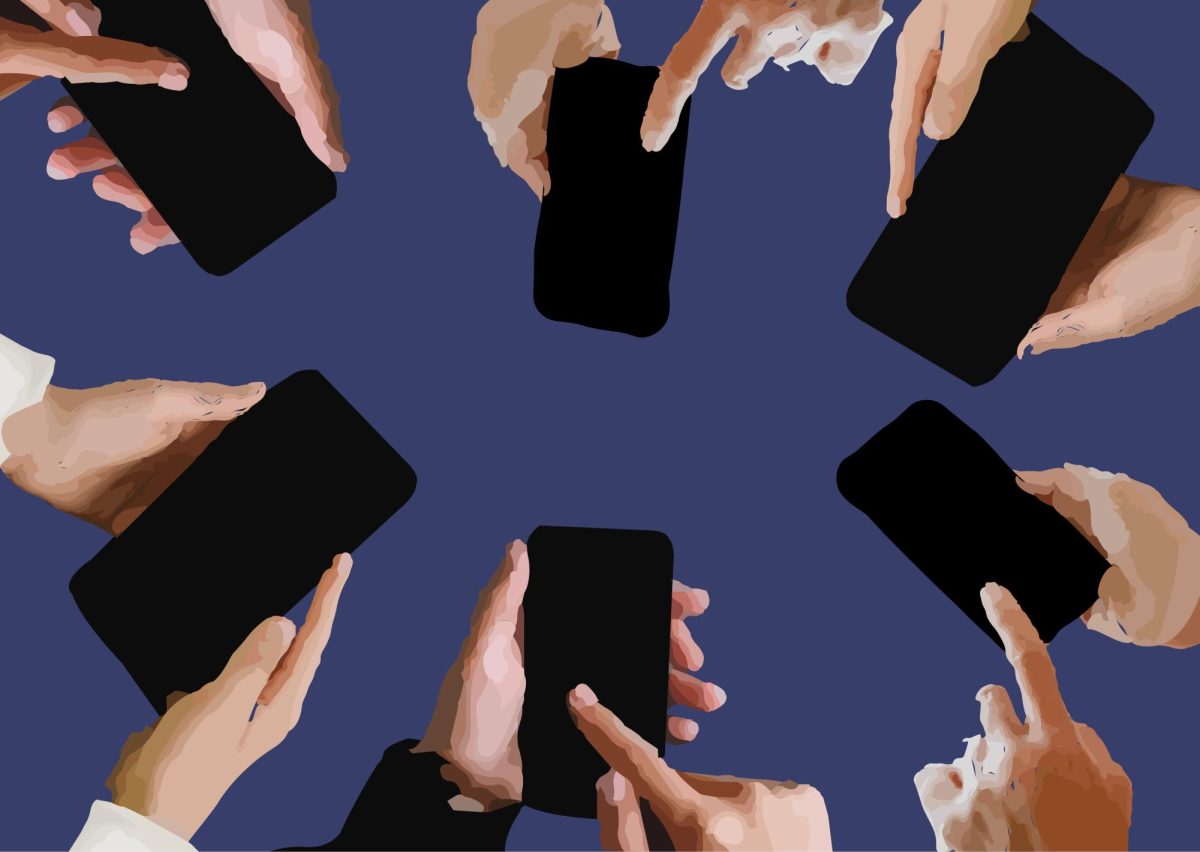




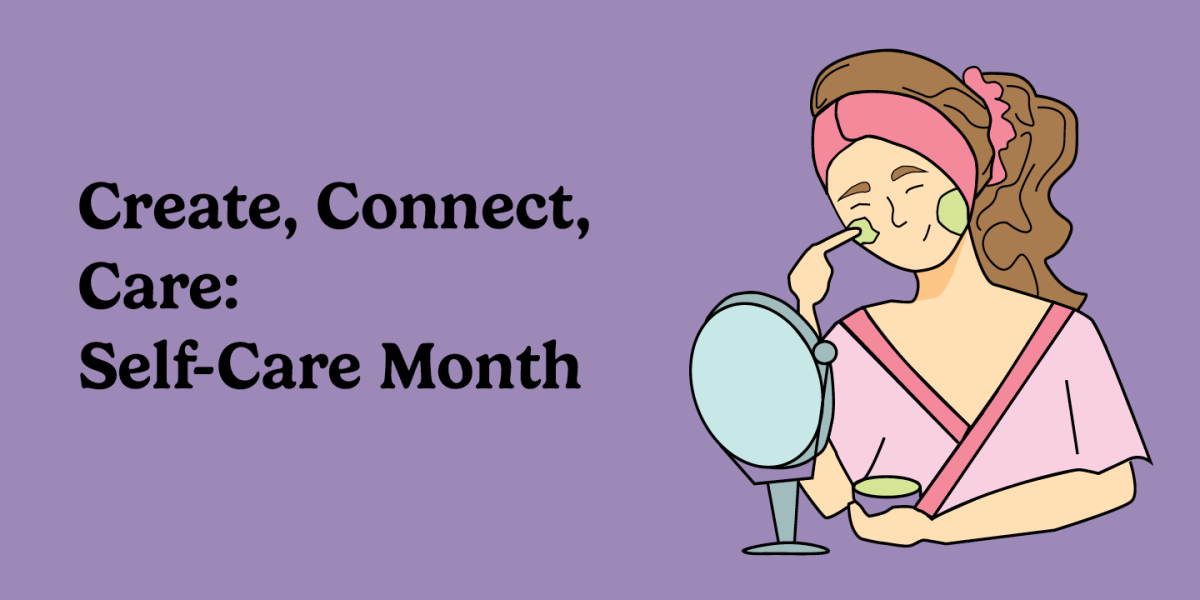
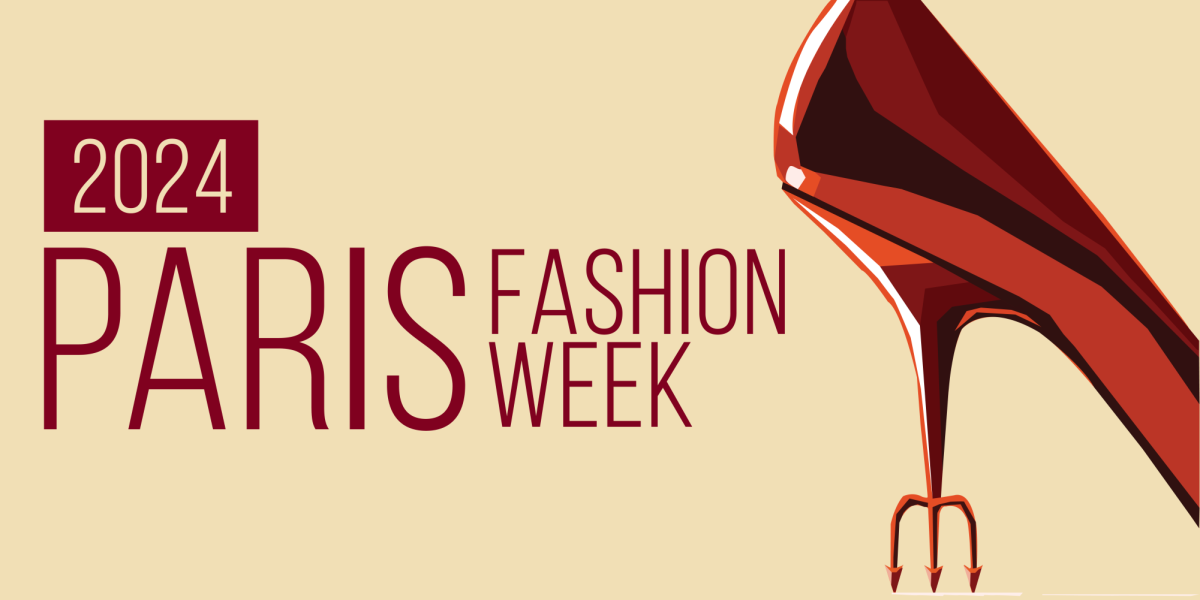








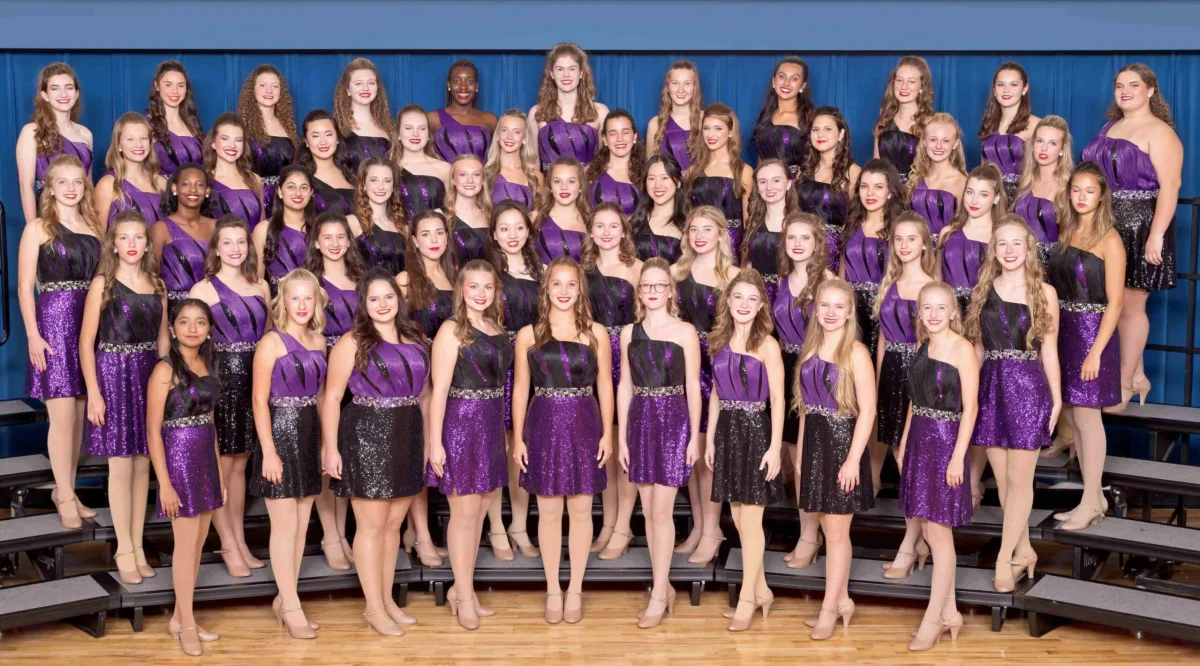

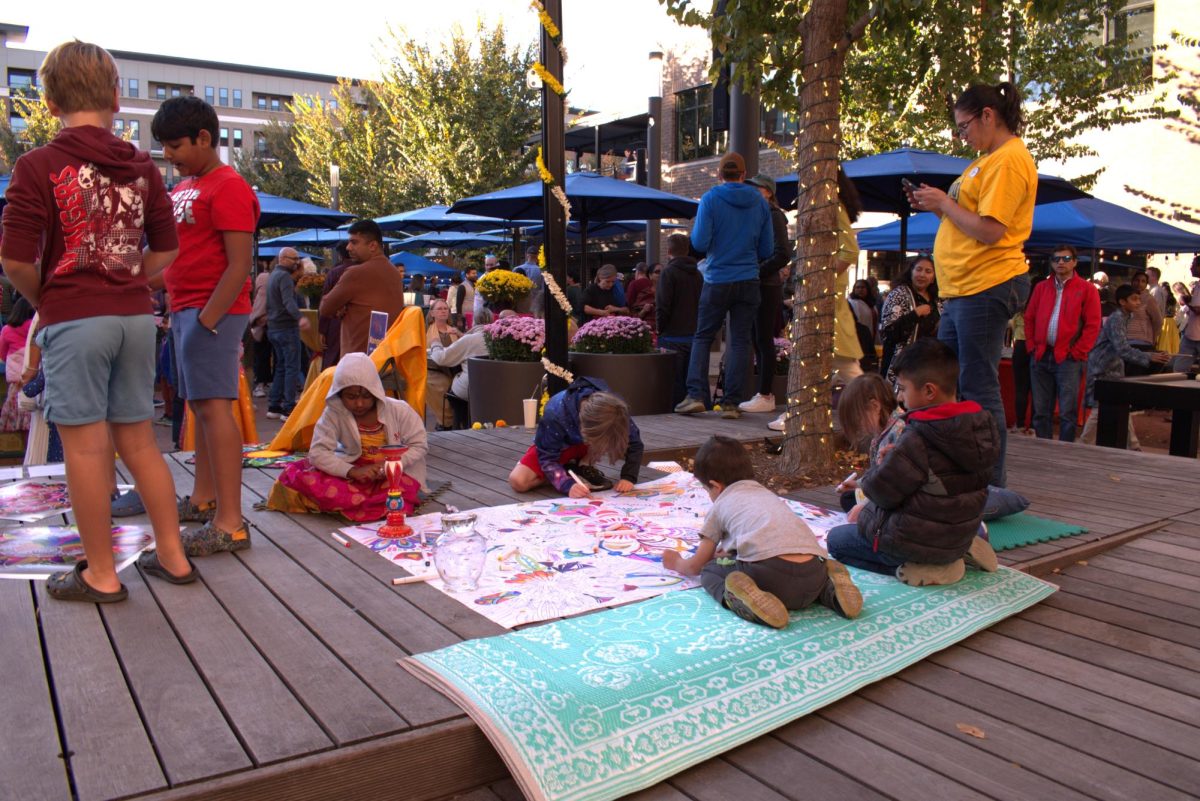
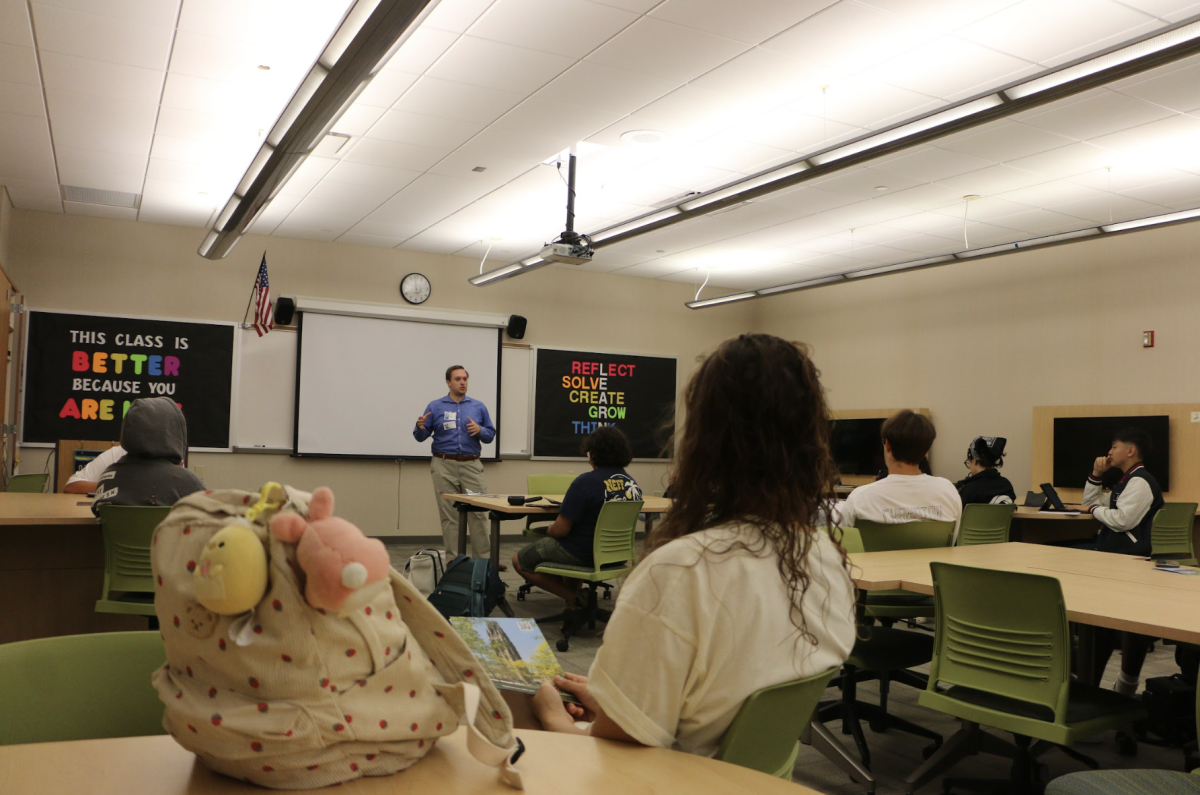
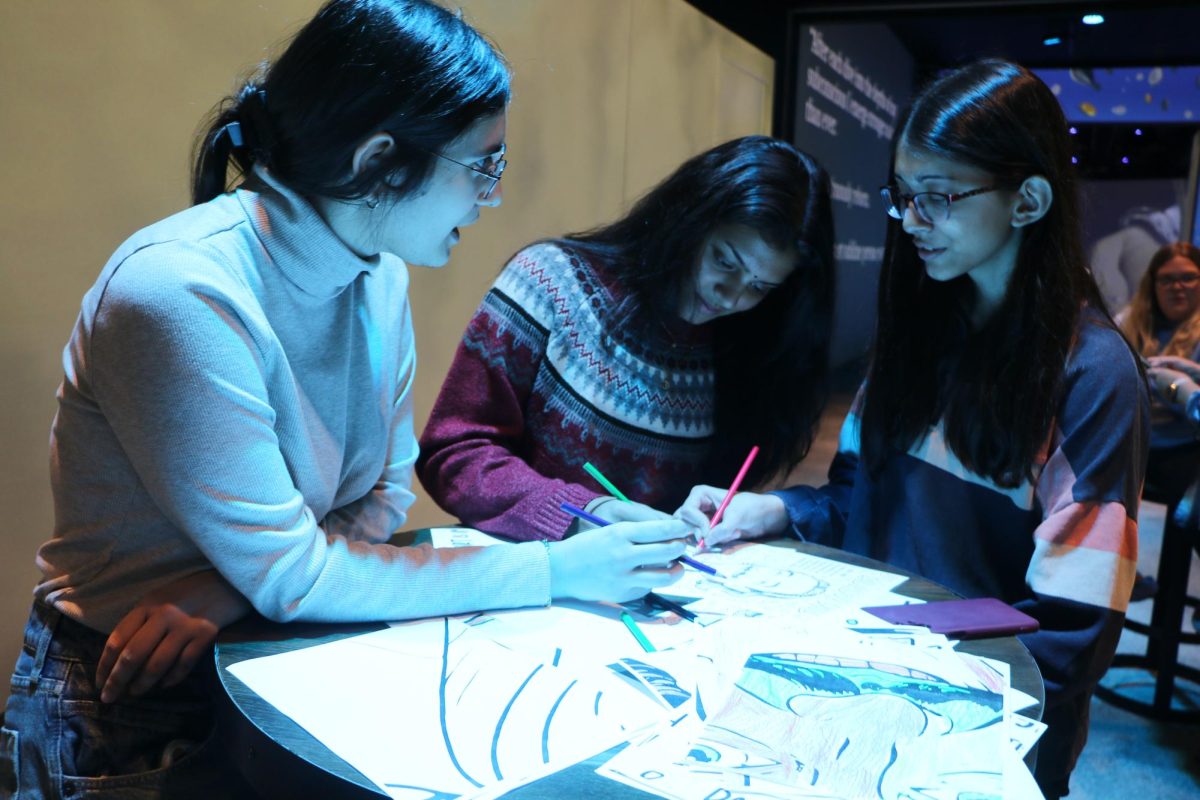
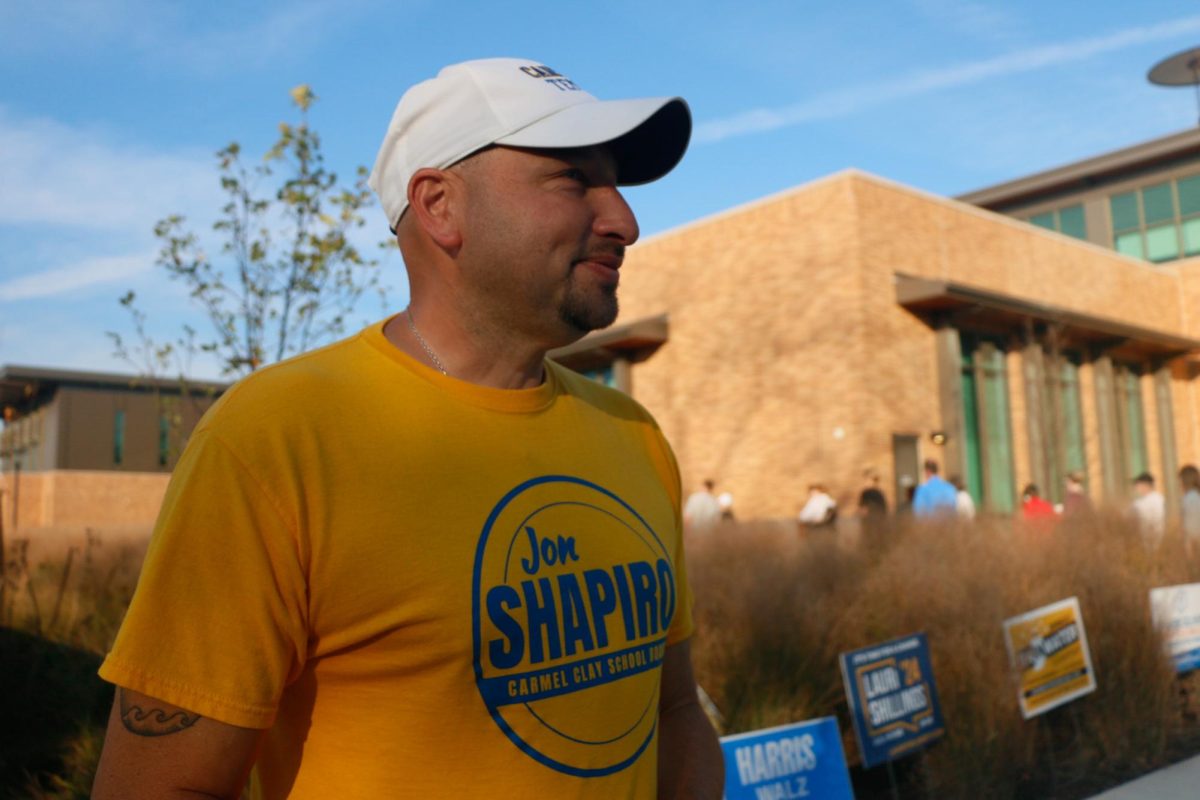
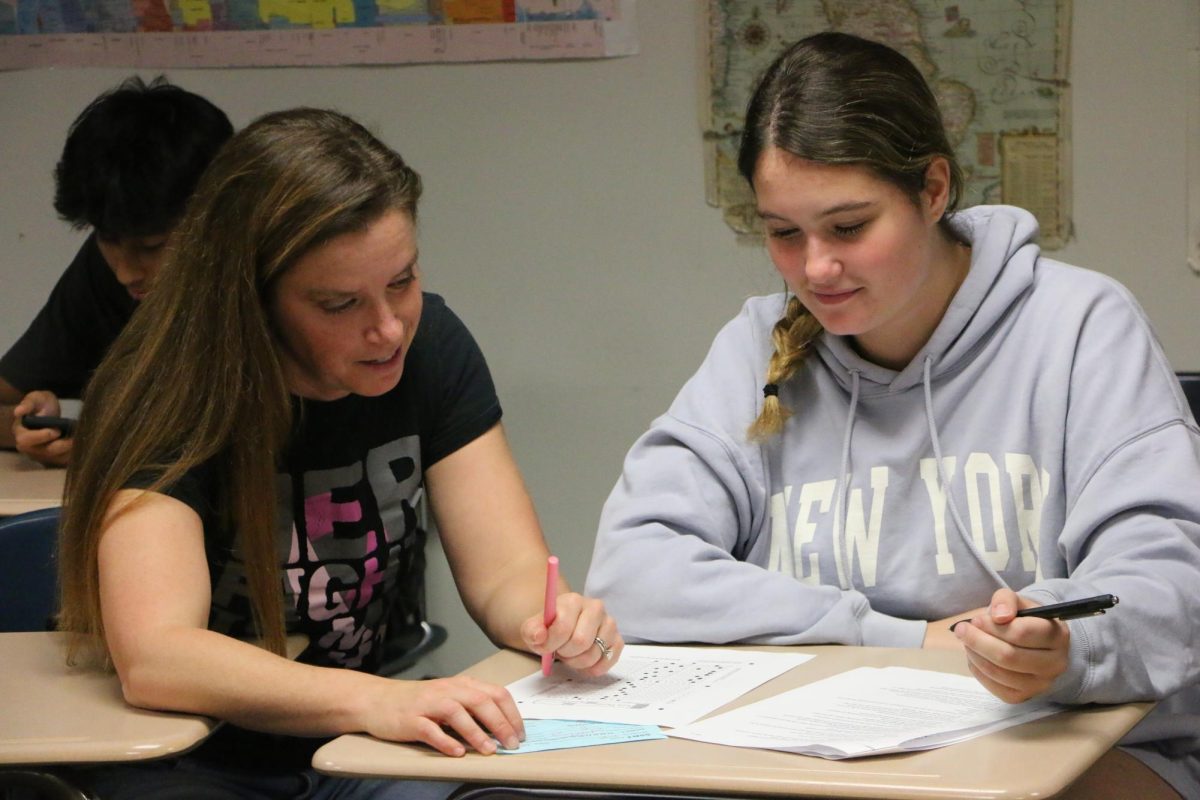



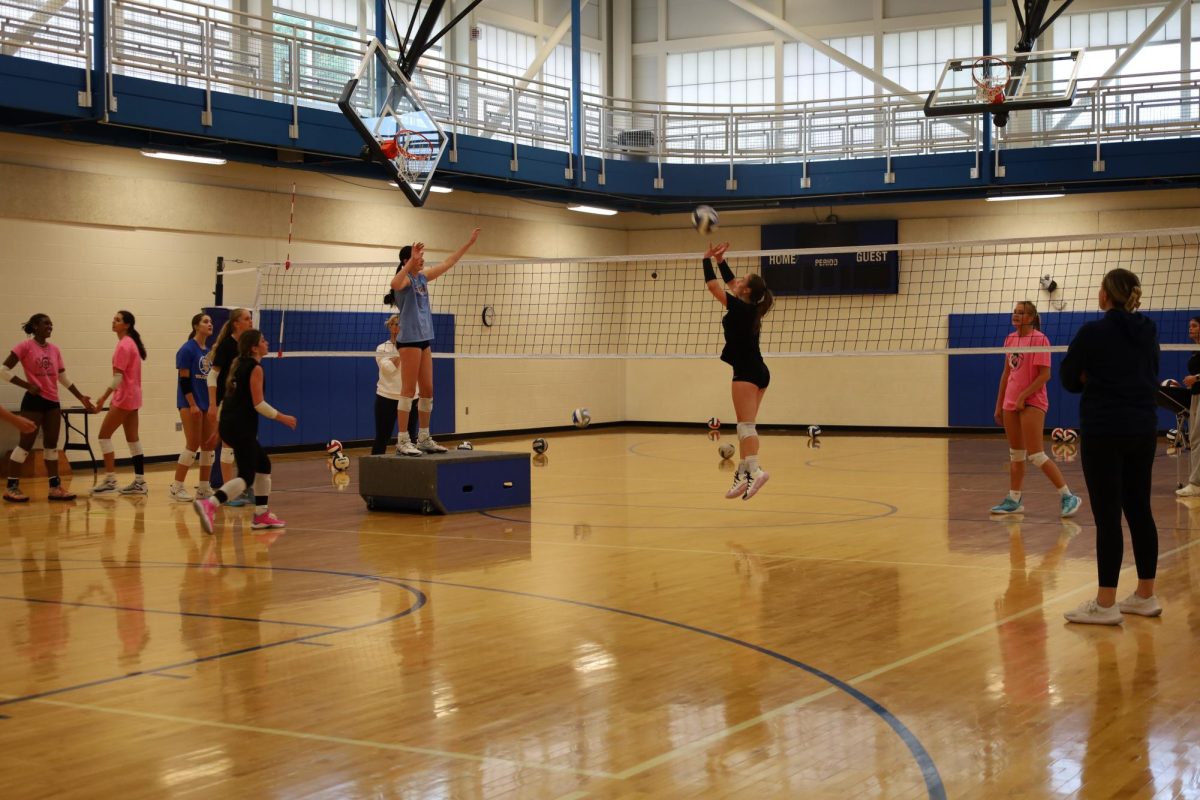

!["Wicked" poster controversy sparks a debate about the importance of accuracy versus artistic freedom [opinion]](https://hilite.org/wp-content/uploads/2024/11/riva-perspective-cover-1200x471.jpg)


![Chilling or Childish? The downfall of modern horror movies [opinion]](https://hilite.org/wp-content/uploads/2024/10/adjusted-horror-cover-1200x471.jpg)
![“Uglies” is a call for change in the YA dystopian genre [opinion]](https://hilite.org/wp-content/uploads/2024/10/Perspectives-Cover-1200x471.jpg)


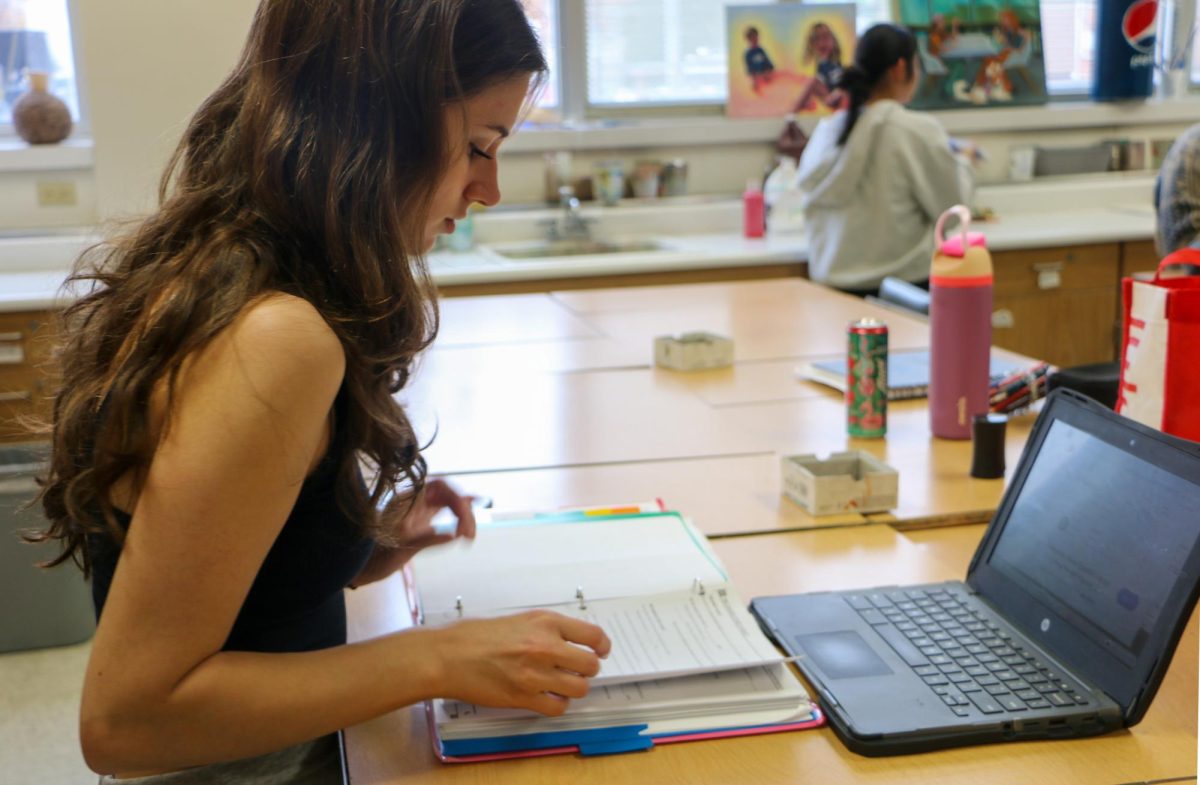

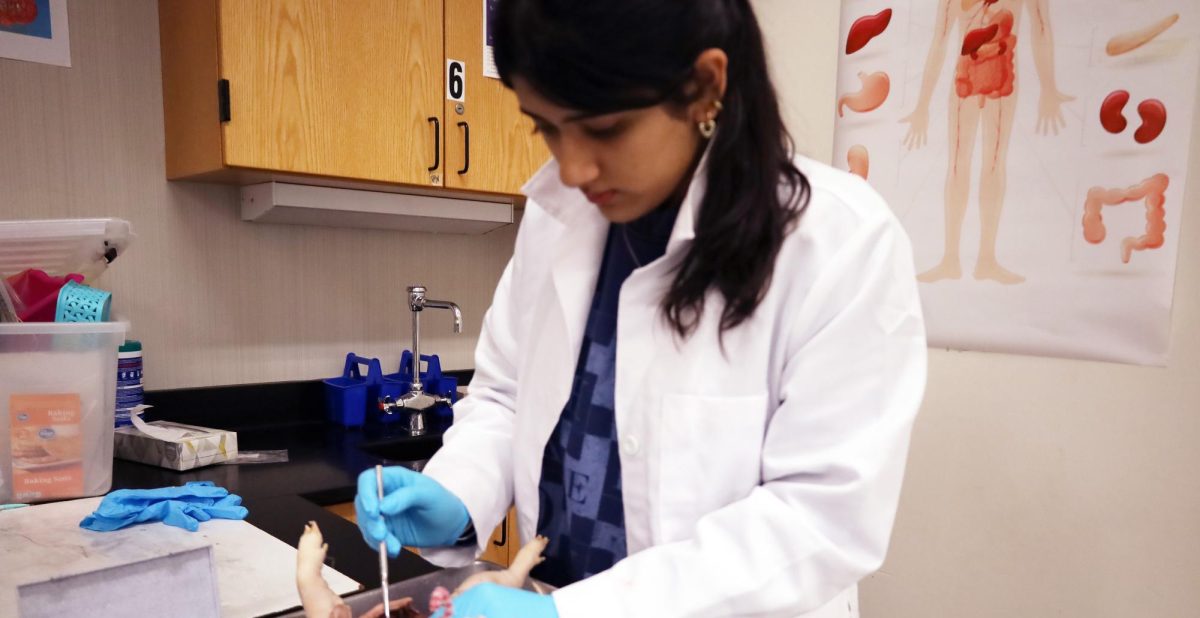












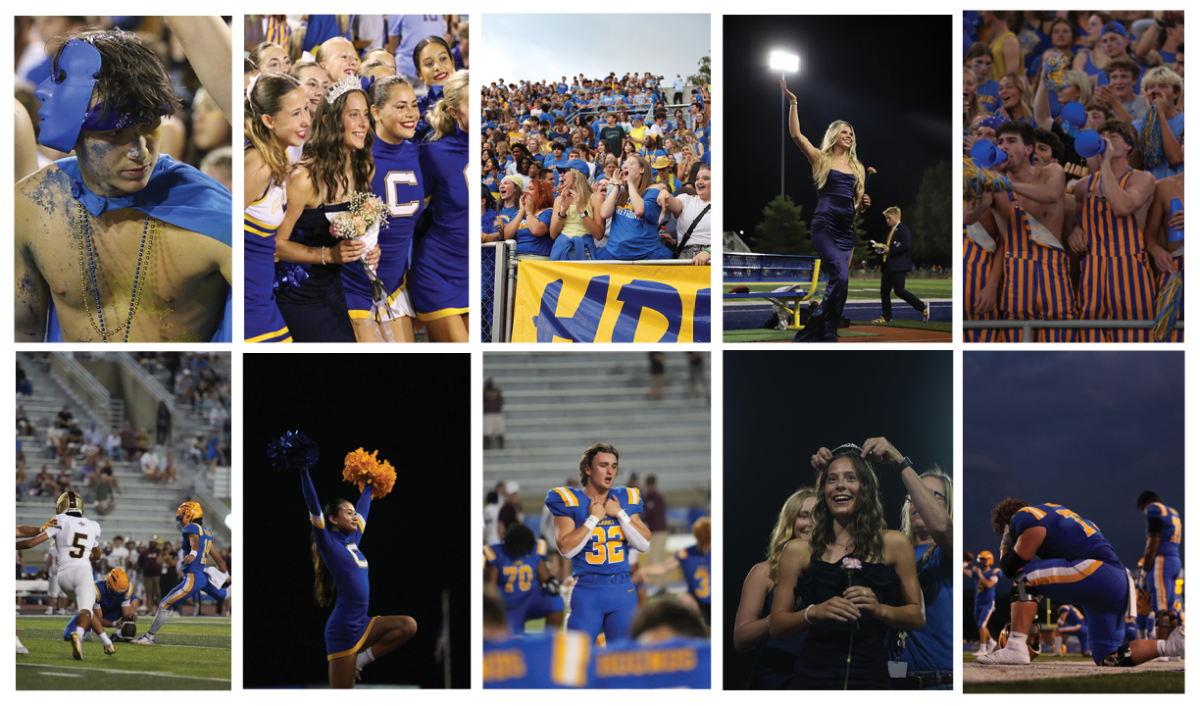

















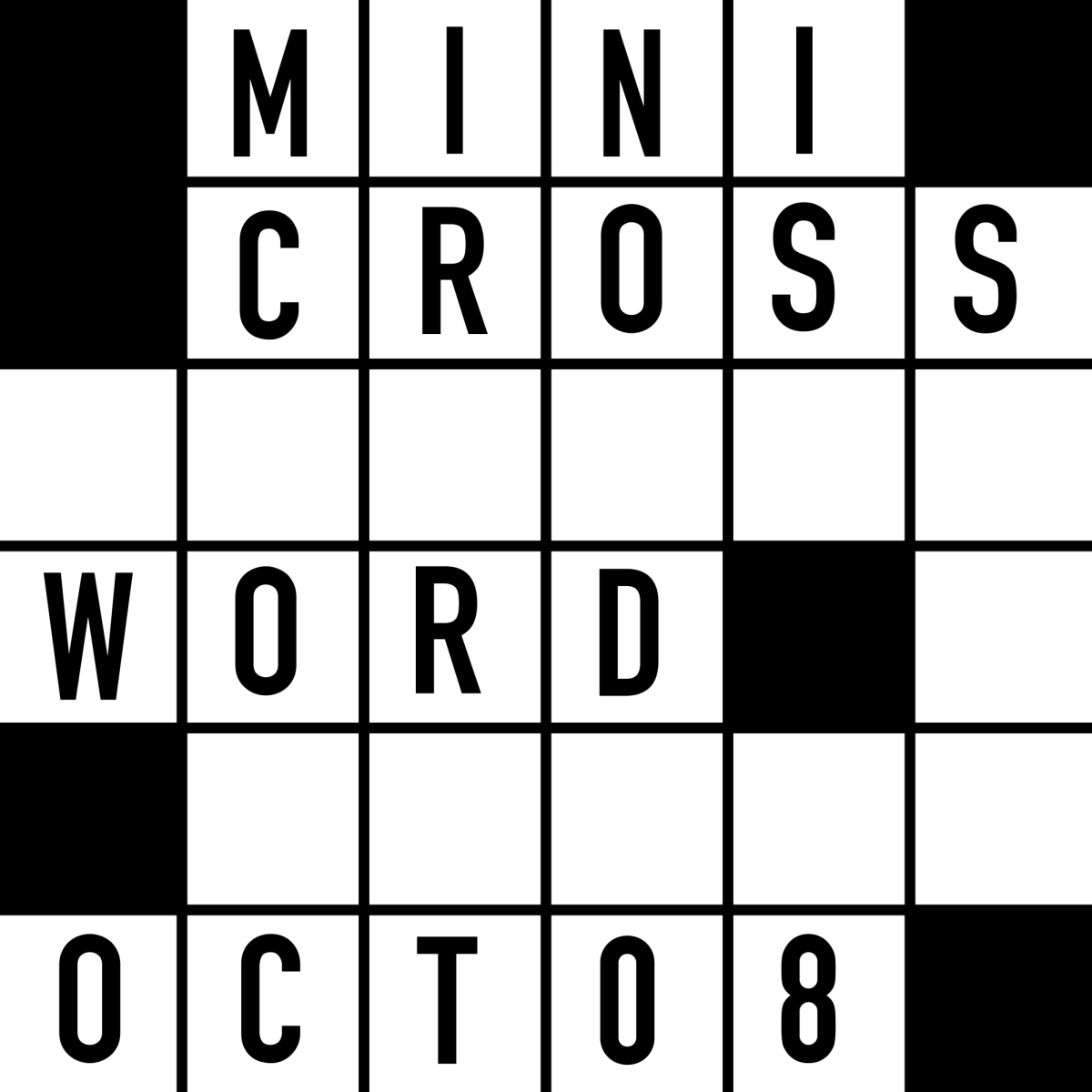


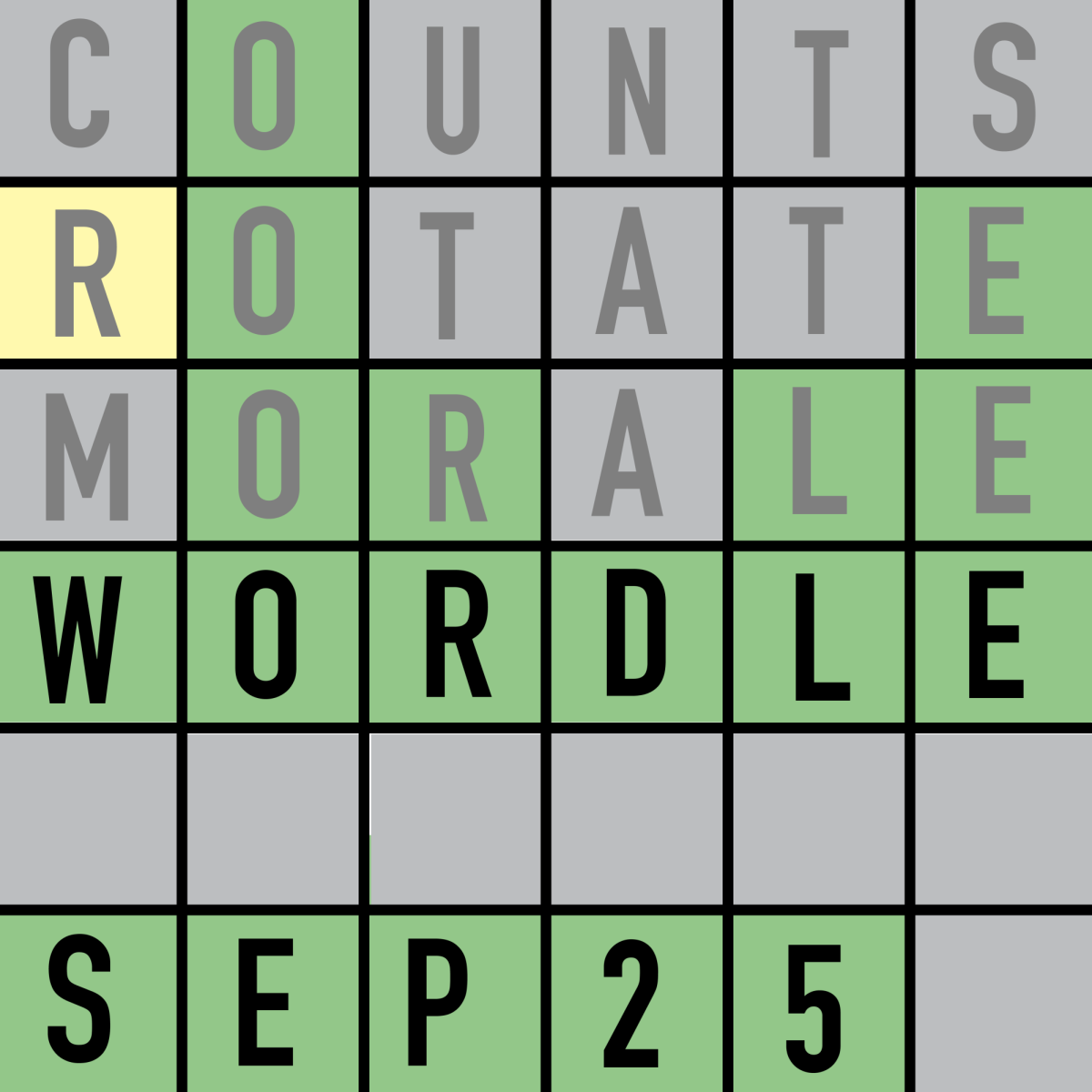





![Review: Indy Scream Park is a perfect level of spook to kickstart the Halloween season [MUSE]](https://hilite.org/wp-content/uploads/2024/11/IMG_1383.jpg)
![Review: “Saturday Night” is a chaotic and thrilling look at the origins of “Saturday Night Live” [MUSE]](https://hilite.org/wp-content/uploads/2024/10/snl-1200x800.jpg)
![Review: “Megalopolis” is a bold, bewildering mess [MUSE]](https://hilite.org/wp-content/uploads/2024/10/MV5BYTk3MjUzMGItYmU1NC00M2YyLThmNDMtNDI4NjkxNjgzMjQzXkEyXkFqcGdeQXRyYW5zY29kZS13b3JrZmxvdw@@._V1_-1200x675.jpg)
![Review in Print: Maripaz Villar brings a delightfully unique style to the world of WEBTOON [MUSE]](https://hilite.org/wp-content/uploads/2023/12/maripazcover-1200x960.jpg)
![Review: “The Sword of Kaigen” is a masterpiece [MUSE]](https://hilite.org/wp-content/uploads/2023/11/Screenshot-2023-11-26-201051.png)
![Review: Gateron Oil Kings, great linear switches, okay price [MUSE]](https://hilite.org/wp-content/uploads/2023/11/Screenshot-2023-11-26-200553.png)
![Review: “A Haunting in Venice” is a significant improvement from other Agatha Christie adaptations [MUSE]](https://hilite.org/wp-content/uploads/2023/11/e7ee2938a6d422669771bce6d8088521.jpg)
![Review: A Thanksgiving story from elementary school, still just as interesting [MUSE]](https://hilite.org/wp-content/uploads/2023/11/Screenshot-2023-11-26-195514-987x1200.png)
![Review: "When I Fly Towards You", cute, uplifting youth drama [MUSE]](https://hilite.org/wp-content/uploads/2023/09/When-I-Fly-Towards-You-Chinese-drama.png)
![Postcards from Muse: Hawaii Travel Diary [MUSE]](https://hilite.org/wp-content/uploads/2023/09/My-project-1-1200x1200.jpg)
![Review: "Ladybug & Cat Noir: The Movie," departure from original show [MUSE]](https://hilite.org/wp-content/uploads/2023/09/Ladybug__Cat_Noir_-_The_Movie_poster.jpg)
![Review in Print: "Hidden Love" is the cute, uplifting drama everyone needs [MUSE]](https://hilite.org/wp-content/uploads/2023/09/hiddenlovecover-e1693597208225-1030x1200.png)
![Review in Print: "Heartstopper" is the heartwarming queer romance we all need [MUSE]](https://hilite.org/wp-content/uploads/2023/08/museheartstoppercover-1200x654.png)





